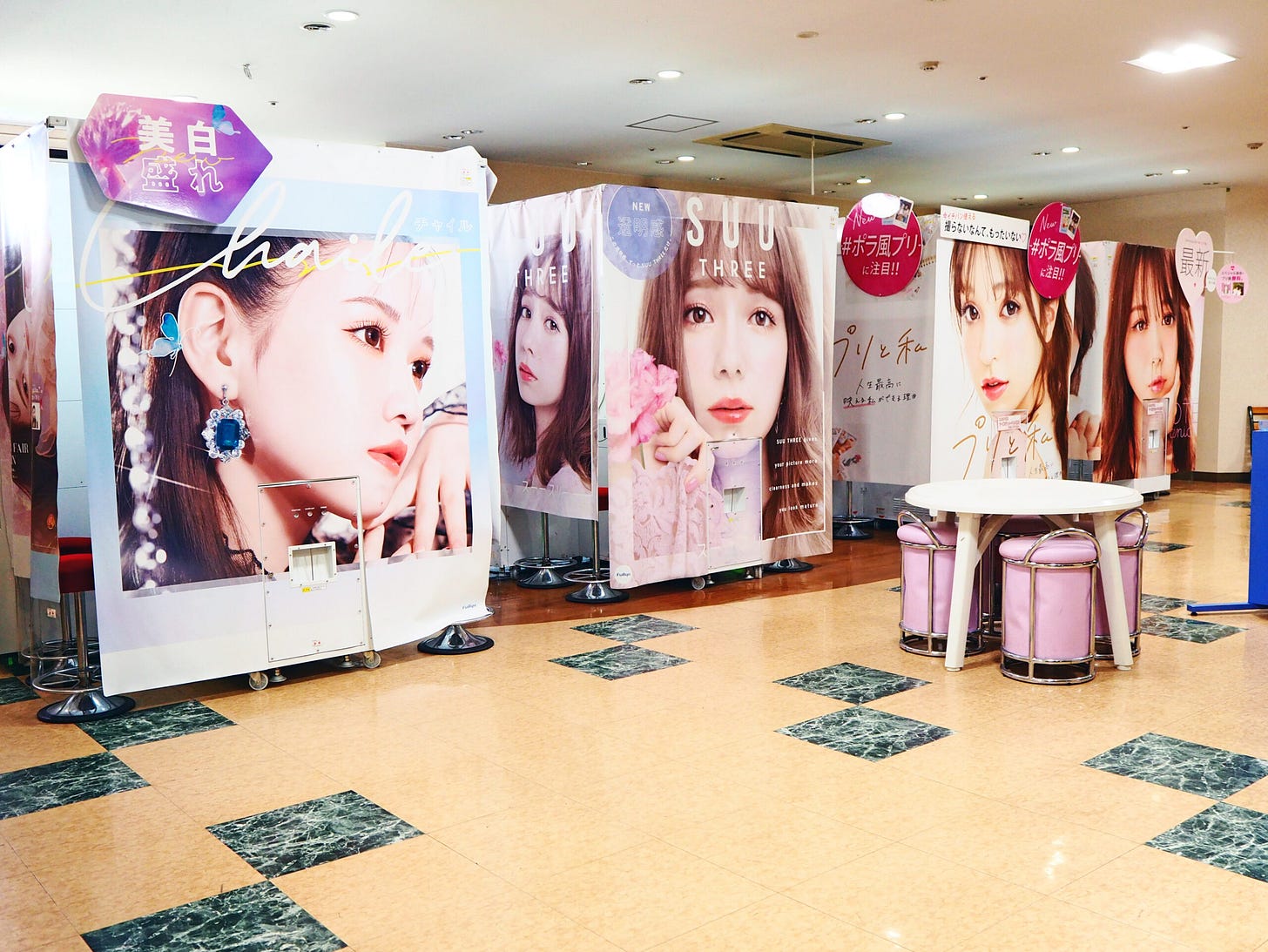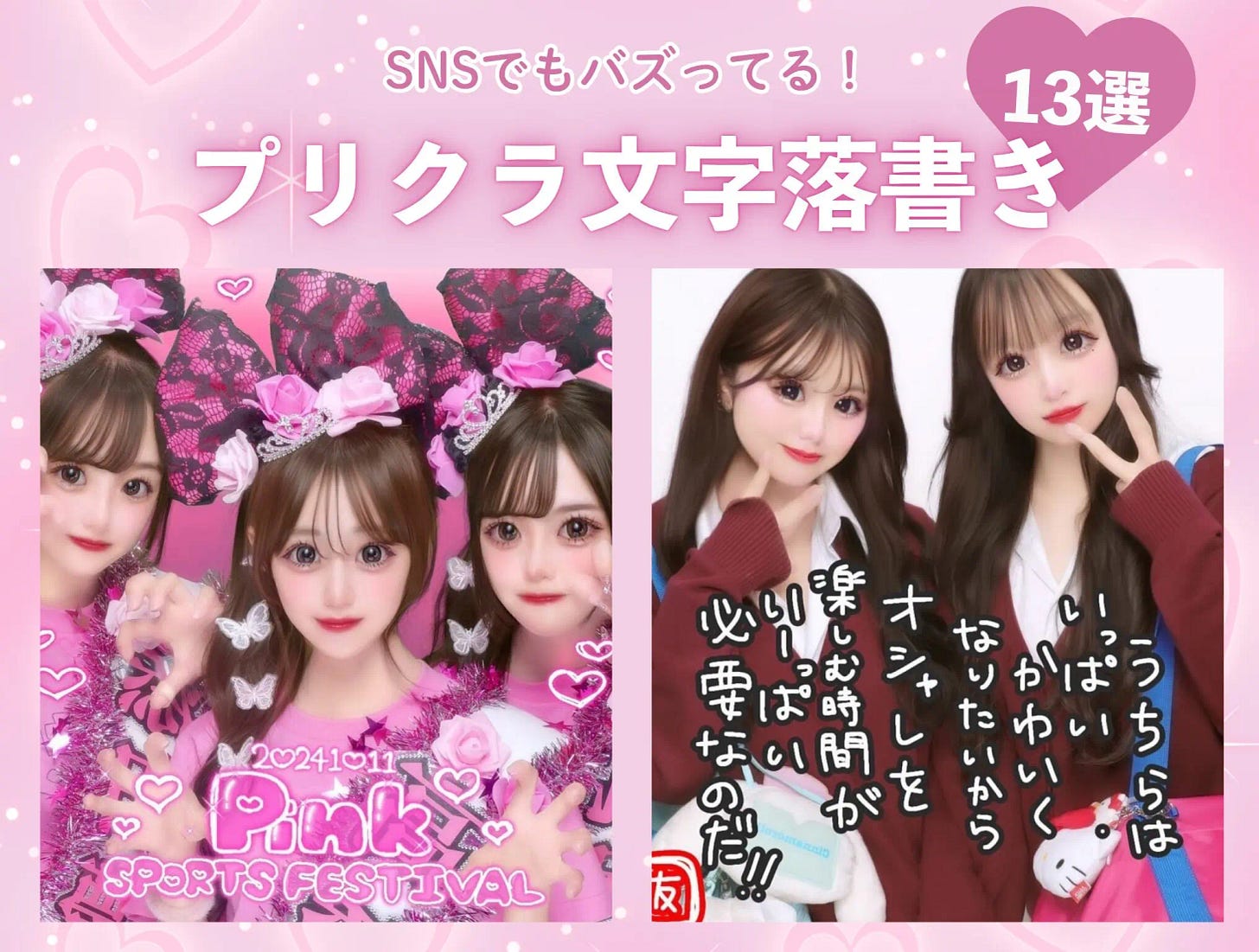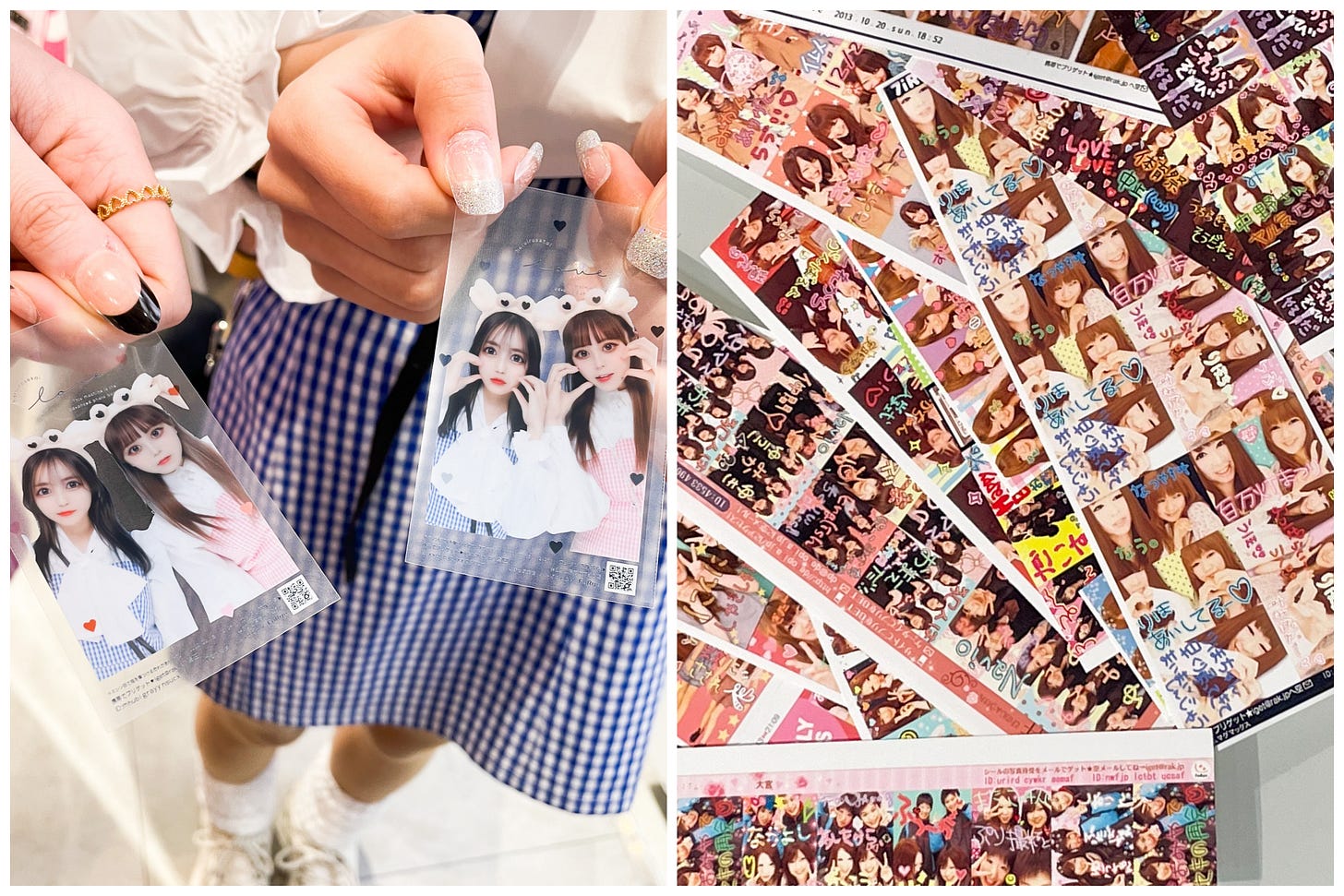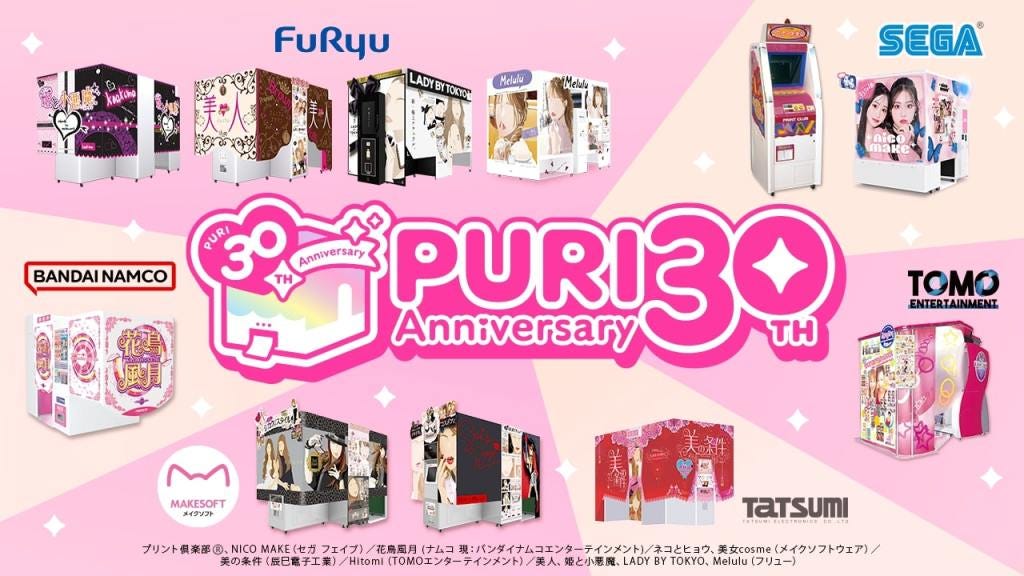Purikura at 30: Why Japan’s Sticker Photo Booths Still Matter in the Smartphone Era
Japanese pop culture news edited by Patrick Macias
Purikura celebrates its 30th anniversary since Sega and Atlus launched the first booth in 1995
86 percent of Japanese teenage girls still use purikura despite the smartphone photo boom
The market shrank from $670M at its peak, but booths remain iconic in malls and arcades
From Heisei Retro to Reiwa Teen Trends
In Japan, the “Showa retro” boom of the past decade has now given way to “Heisei retro.” While the former celebrates the economic growth era, the latter embraces the quirky digital-analog mix of the 1990s. At the center of this nostalgia is purikura, a shortened form of the words Print Club. Sega and Atlus first released these sticker photo booths in 1995, giving friends the chance to pose together, edit their shots, and print the results as collectible stickers. What began as a novelty quickly became a cultural ritual, shaping youth trends for decades to come. Now, 30 years since they first debuted, purikura remain a fixture in Japanese arcades and malls. Although the industry has shrunk from about 100 billion yen (roughly 670 million USD) at its peak to about one fifth of that, the machines still sit alongside crane games in brightly lit game centers, drawing young customers.
Economic journalist Takai Naoyuki recalls interviewing a junior high school student last year who immediately answered “puri” when asked what she and her friends enjoyed most. Despite smartphones offering endless photo apps, purikura remains a chosen ritual. Furyu Corporation, which controls about 90 percent of the market, says its longevity comes from adapting to youth culture. “The basic flow has not changed, but the way you can pose, edit, and print has evolved with every generation,” explains Nao Hirano, head of product PR.
From Full-Body Shots to Natural Beauty
The Furyu corporation entered the market in the late 1990s and quickly expanded with innovations like full-body portraits and ceiling cameras. By 2007, the company spun off from Omron and today reports about 14.8 billion yen (99 million USD) annually from its girls’ trend business, including purikura machines. “In the early 2000s, the trend was to enlarge the eyes, whiten the skin, and decorate the background,” Hirano notes. By the 2010s, the style shifted to what they called “extreme natural” beauty, with machines like Lady by Tokyo emphasizing subtle lighting over heavy edits.
Modern booths lean into experience as much as image. Furyu’s newest release Meidy (2025) allows multiple camera angles, natural-looking edits, and direct Instagram Story uploads. “Users want to become their ideal selves, but not unrecognizable,” says Hirano. “That is why features now balance enhancement with realism, while still letting teens feel transformed.” Her colleague Yuki Hikida adds, “It is not just about photos. It is about playing together, decorating together, and sharing a memory.”
Why Purikura Still Wins Over Smartphones
Smartphones may dominate casual photography, but Furyu argues that purikura offers three key values: enhancing appearance, playful collaboration, and memorable keepsakes. “Smartphone apps require personal editing skill. Purikura booths guide users step by step, letting anyone create a polished image,” Hikida explains. “The printed stickers then become mementos, physical proof of friendship.”
Heisei-era women recall their teenage years through machines like Namco’s Kachofugetsu (2003), while today’s teens slip purikura prints into transparent phone cases. “Back then, sticker albums were a way to measure social standing,” Hikida says. “Now it is more about sharing instantly on social media, but the impulse to show identity remains the same.” Even as COVID-19 temporarily shut down arcades, data from 2023 shows that 86 percent of teenage girls in Japan had still used purikura in the past year. That number underscores its cultural resilience.
The Business Behind the Stickers
Developing each new machine takes about 18 months. Revenue comes not only from selling the booths themselves, which cost about 2.7 million yen (18,000 USD), but also from consumable sticker paper and subscription services like Pictlink, which lets users download their photos. “While teens are the core audience, we also need to serve older users who still have nostalgia,” Hirano says. “The challenge is ensuring purikura is not only for special events, but part of everyday entertainment again.”
The future of purikura will depend on how companies like Furyu can balance retro appeal with new technologies. Features like Korean idol-style filters, projection effects, and downloadable video clips hint at where things are going. As Hirano concludes, “Even in a mature market, there are always new ways to add value. Purikura has survived 30 years not by staying the same, but by always transforming with its users.”






